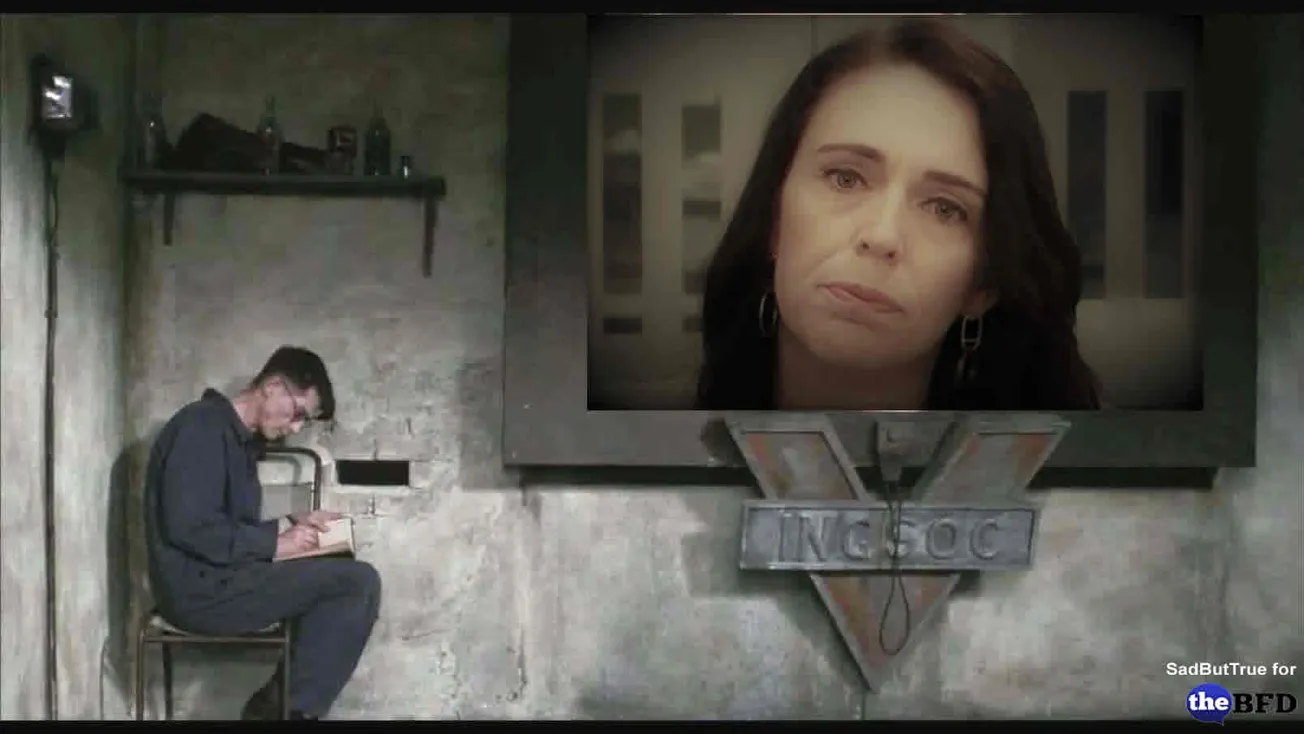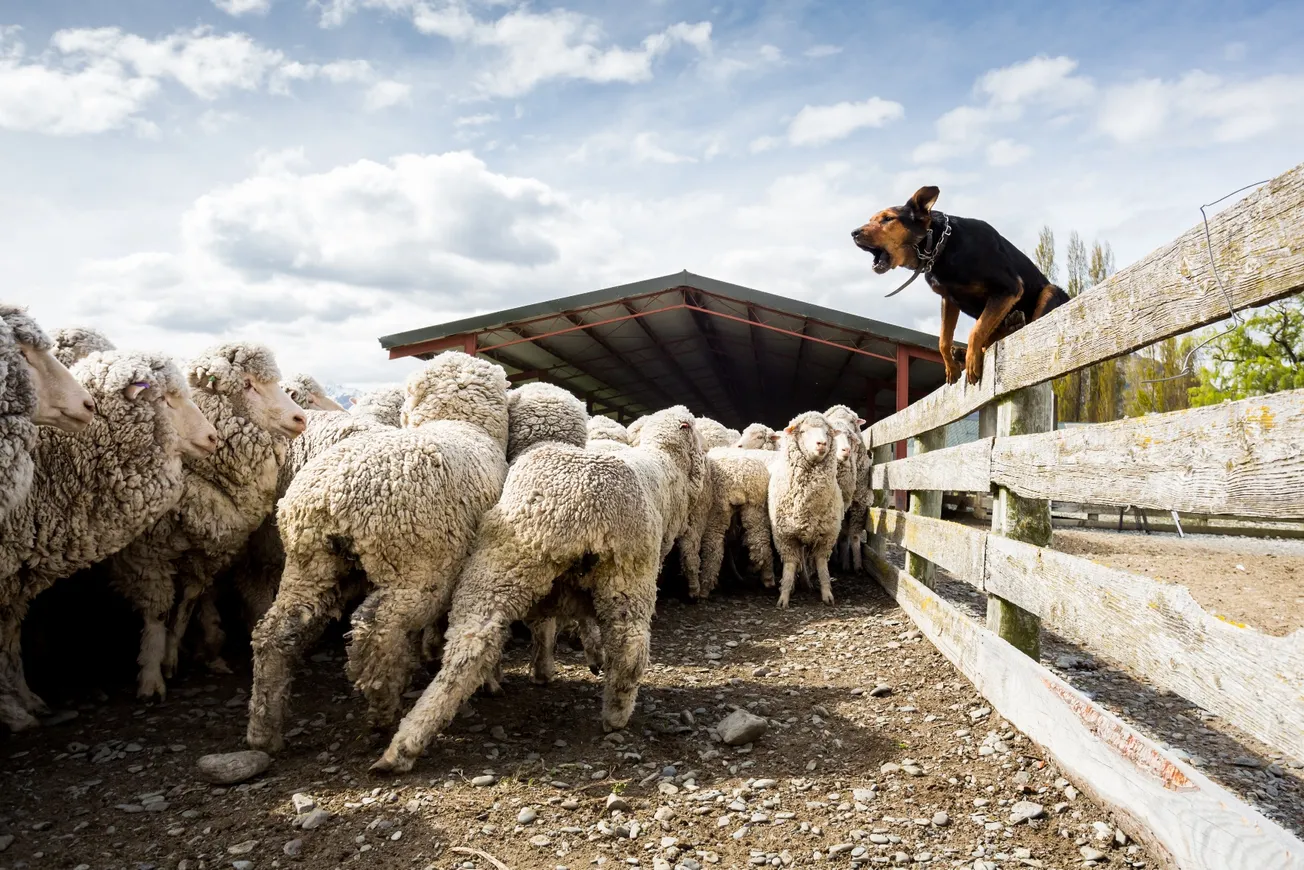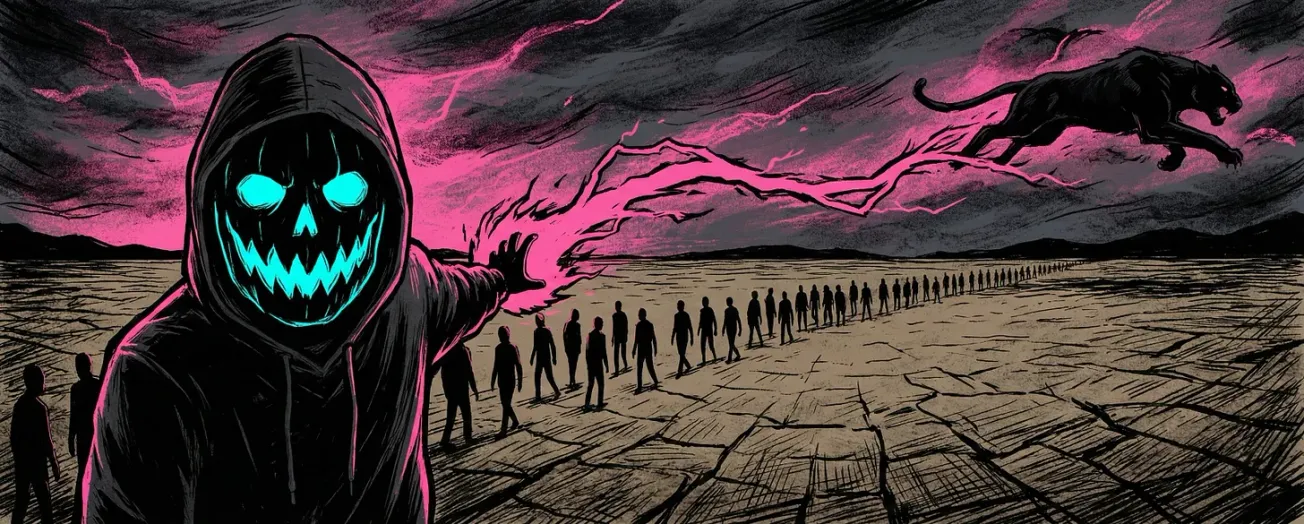Dr Muriel Newman
New Prime Minister Chris Luxon’s nonchalant response to the widespread outrage expressed by the mainstream media over Deputy PM Winston Peters’ recent jibe they’d been ‘bribed’ by Labour is indicative of the seismic regime change that’s underway.
To understand the significance of what’s happening, we need to cast our minds back.
Under Labour, New Zealand had increasingly become a 1984-like dystopian society, where saying the wrong thing could get you ‘cancelled’ – fired, socially ostracised, even jailed.
Former Prime Minister Jacinda Ardern was so obsessed with controlling the narrative that in early 2020 she declared “unless you hear it from us, it is not the truth’.”
She issued ‘gagging orders’ to Ministers preventing them from speaking to journalists, saying “brief written statements” were acceptable, but only after they’d been “signed off” by her Office.
Her paranoia became so extreme that a US company was commissioned to undertake social media surveillance. Hundreds of “social listening” reports containing private message excerpts and profile pictures were delivered to the Department of Prime Minister and Cabinet over a two-year period starting in 2020.
Criticism of Prime Minister Ardern was likely to be categorised as conspiracy or disinformation and investigated by a vast array of taxpayer-funded agencies including the Disinformation Assessment and Response Team, the National Centre for Preventing and Countering Violent Extremism, and the Disinformation Project.
While widespread public opposition prevented Jacinda Ardern from introducing hate speech laws to criminalise opposing views, just before the election, the Department of Internal Affairs released a proposal for sweeping State control encompassing all communication channels including the mainstream media.
On top of this, Jacinda Ardern used the Christchurch Call to regulate the internet, and international speaking opportunities to claim free speech had become a weapon of war and that people who disagreed with government policy – such as those opposing vaccine mandates or questioning climate change – should be punished.
Throughout this Orwellian upheaval, the mainstream media were strangely uncritical.
A senior lecturer in journalism at Massey University, Dr Steve Elers, raised concerns claiming the media were no longer holding the Prime Minister to account:
“During the Covid-19 daily briefings I’ve found myself yelling at the TV screen and sometimes even throwing things at it. Why? Because our journalists seem far too chummy with the Prime Minister instead of fulfilling their role as the watchdog for society… A healthy democracy requires the news media to hold power to account, regardless of who is in power, and to question government decisions.”
According to Dr Elers the Prime Minister’s office was exerting undue influence on the media, with even press conferences tightly controlled: “It used to be the loudest and best questions were answered, or sometimes the most respected. Journalists fought for the question… but now Ardern seems to be cherry-picking them, and the conferences don’t last longer than half an hour each day.”
In fact, the “1 pm ‘podium of truth’ Covid press conferences” morphed into a parody – the “Jessica, then Tova” show – as the PM predictably directed questions to her ‘favourites’ TVNZ’s Jessica Mutch McKay or Newshub’s Tova O’Brien.
But the question remains – how was the Prime Minister’s Office able to exert such influence over the so-called independent Fourth Estate?
Does it boil down to media bias? Or Government funding? Or both?
There is no doubt that the media is biased to the left.
They admit it themselves.
The “Worlds of Journalism Study 2.0. Journalists in Aotearoa/New Zealand” published last October by Massey University asked journalists to identify where they stood on the political spectrum: nine out of ten identified themselves as ‘left-wing’, and one in three as hard core.
But while the media has always been biased to the left, historically, their industry code of ethics has ensured fair and balanced reporting.
What the study points out, however, is that these days “journalists are much less interested in blindly adhering to their professional codes”. There’s been a significant shift from a focus on the “neutral observer” role – presenting both sides of a story so an audience can make up their own minds – towards advocacy: “educating the audience” and “countering disinformation”.
The end result is that these days the public no longer believe the media when they say they are unbiased – and nor should they because it’s clearly no longer true.
When it comes to government funding of the media, the age-old idiom “don’t bite the hand that feeds you” springs to mind!
Labour’s funding was extremely generous. The $50 million media rescue package announced in April 2020, was followed by the general Covid wage subsidy scheme in June, which many media outlets took advantage of.
In addition, there was significant government funding through advertising, with over $118 million spend on Covid ads alone from April 2020 through to March 2023.
The controversial $55 million Public Interest Journalism Fund was introduced in February 2021, after Labour had won the election and the right to govern alone.
Unbeknown to voters at the time, the Ardern Government was planning to roll out He Puapua, a blueprint for Maori supremacy by 2040, that had been developed in conjunction with iwi leaders.
This plan for tribal control, which was to dominate the agenda of the new government, had been deliberately kept hidden from voters during the election. Labour feared a backlash that would have cost them votes if the public found out they intended to undermine democracy by introducing power-sharing arrangements with iwi for key public services through co-governance and race-based preference.
This unmandated – and therefore illegitimate – constitutional transformation, which had the effect of giving iwi leaders supreme authority over the lives of other New Zealanders, was to be justified through a re-interpretation of the Treaty of Waitangi as a 50:50 “partnership” between Maori and the Crown. Promoting this fabrication was included as a key requirement for PIJF funding.
Under section 3 of the PIJF agreement, media companies receiving funding were not only required to: “Actively promote the principles of Partnership, Participation and Active Protection under Te Tiriti o Waitangi acknowledging Maori as a Te Tiriti partner”, but they also had to “show a clear and obvious commitment to Te Tiriti o Waitangi, including a commitment to te reo Maori.”
The NZ on Air guidance to applicants provides a glimpse into the radicalised nature of this project by claiming, “Maori have never ceded sovereignty to Britain or any other State” and “our society has a foundation of institutional racism.”
A successful PIJF funding application by the NZ Herald referenced their Editorial Code of Conduct and Ethics as evidence of their commitment to the project:
“We celebrate the Treaty of Waitangi as the founding document of New Zealand. We will strive to ensure that the Maori voice, world view, and language, where appropriate, are an essential part of our coverage and that our workforce reflects the face of modern Aotearoa. We embrace tino matatau (excellence), manaakitanga (duty of care) and pono (integrity) in everything we do. We promote understanding of Maori culture and tikanga, and do not reinforce negative stereotypes of any race through our content.”
Whether those provisions were included specifically to secure PIJF funding is impossible to tell, but what is clear is that the Herald’s Editorial Code of Ethics contained no such Treaty references in 2016.
When then Minister of Broadcasting, Chris Faafoi announced the PIJF, he claimed it would ensure “a healthy democracy by holding voices of influence to account.”
What he failed to spell out was that the strings attached to the funding would essentially discourage critical analysis of the Treaty “partnership” concept and by association, He Puapua.
As a result, far from holding ‘voices of influence to account’, the PIJF gave Labour a free pass by ensuring there was virtually no mainstream media scrutiny of their radical plan to undermine democracy by giving iwi leaders veto rights over government decision-making.
With a “pay back” clause in the agreement that required recipients to refund their funding if they breached the requirements, Labour ensured the most racially divisive and destructive policy agenda in New Zealand’s history was largely protected from scrutiny by the Fourth Estate.
So when Winston Peters accused the media of being bribed by accepting PIJF funding, you could ask, did it prevent them from properly scrutinising Labour’s He Puapua agenda. And the answer is an unequivocal yes!
In response to criticism over the claim the PIJF was a bribe, the PM refused to chastise his coalition partner, saying, “it’s not the way I would describe it, but I actually don’t support the fund either. Many New Zealanders don’t think it was a good idea … and I didn’t think it was a good idea.”
He then went on to say that essentially Winston Peters is his own man and is free to say what he thinks:
“The reality is that we’re in a coalition government, we’ve got three parties in that – that means we’ve got different players, different personalities. We may phrase thing differently, he may say things differently from how I would go about saying it. But we should be OK with that.
“What is not in dispute is that we are ruthlessly focussed, all three parties leaders, all three party members and teams on actually delivering for New Zealanders. So be under no allusion, whether its David, Winston, or myself, we are focussed on rebuilding the economy, restoring law and order, delivering better public services, and that’s what’s important.
“So, yep, we’ll have our own personalities, yes we’re in a coalition Government, we won’t always have the same way. And that’s not a bad thing.”
And with those words, the dark days of Jacinda’s 1984 are over. The coalition agreement is not a muzzle. Freedom of expression is once again being respected. Kiwis no longer need to look over their shoulder.
However, this is not a time for complacency.
This week’s NZCPR Guest Commentator, former teacher John Bell, believes the new government will need all the help it can get:
“We have now had a glimpse of where we have been heading, we know what co-governance looks like and we know where it will take us if the agenda that under-pins it is not brought to an end. The election of a new government and details of the coalition agreements give cause for hope.”
But, John asks, “Can we afford to leave it to a handful of ACT and NZ First MPs to defeat a powerful, well-supported agenda that has penetrated our legal system, our educational institutions, our mainstream media and our national and local body bureaucracies, or should we be organising practical support?”
A final thought. While the PIJF is now closed, many funding agreements continue until January 2026.
Unless the fund is axed, the media recipients will be effectively muzzled for the next two years, preventing them from speaking out against the Treaty ‘partnership’ fabrication – or Maori activism.
In fact, virtually all mainstream media recipients of PIJF funding will have not only embedded some form of commitment to the Treaty partnership in their business operations, but under the agreement they are also required to “prioritise the perspectives, issues, interests, and needs of Maori”.
Is that why, when the Maori Party publicised their call to action for Tuesday’s protest using inflammatory symbolism depicting two crossed guns, there was virtually no criticism from the mainstream media – even though the imagery could have been interpreted as a call to violence rather than peaceful protest?
If the tables were turned and either National, ACT or New Zealand First had used such symbolism against Labour, there is absolutely no doubt that all hell would have broken loose.
Those pushing Maori supremacy have a long history of capturing organisations to silence them. Is the mainstream media in danger of becoming their victim?









